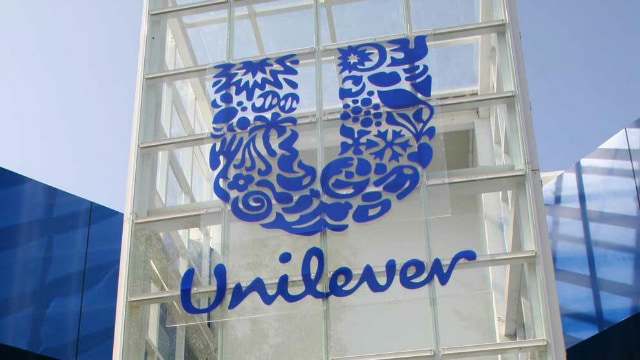There’s plenty of valid reasons why consumer goods juggernaut Unilever (LSE: ULVR) has long been a staple of retirement portfolios across the UK, none more important than the company’s reliable dividend growth year after year. Of course, the FTSE 100 is chock full of high dividends, so what makes Unilever one of the best options out there in my eyes?
Emerging markets. In the second quarter of this year 56% of Unilever’s sales came from developing markets such as Brazil and China. And, just as has been the case in the rich world, consumer goods sales in these markets have proved resilient despite economic headwinds. Year-on-year, emerging market sales grew an astounding 7.7% for Unilever over the past three months even as Brazil moved into recession and Chinese growth slowed.
As these economies mature in the coming decades Unilever will be well placed to benefit from greater consumer purchasing power directed towards the high quality branded goods it sells. This means Unilever investors have good reason to believe dividends will continue to grow for decades to come.
Long-term play
This same line of thinking is why I believe Prudential (LSE: PRU) will also prove an income superstar in the coming decades. The insurer’s long-term advantage is its high exposure to Asia, and China and particular. In 2015 a full 30% of the company’s operating profits from long-term business came from Asian operations and there’s little reason to expect this to change anytime soon.
With the Chinese middle class expected to number well over 100m in the coming decade, Prudential’s life insurance and asset management products will undoubtedly be in high demand. In fact, we’re already seeing this process play out as the company’s joint venture with state-owned insurer CITIC boosted new insurance sales by a full 28%. Combined with improved performance in nearby markets, Prudential’s Asian operating profits increased a full 17% year-on-year.
Alongside these growth markets, Prudential’s strong position in the US and UK should provide continued dividend growth for the foreseeable future. With yields already at 3% and analysts pencilling-in a 17% rise in dividend payouts over the next two years, I expect Prudential to be one dividend stock not to miss in the coming years.
Beating the oil slump?
The recent collapse of global oil prices has seen dividends slashed at small producers and questions mount over the sustainability of 5%-plus yields at majors such as BP and Shell, but that doesn’t mean all companies in the sector are hurting equally. Middle Eastern oil services firm Petrofac (LSE: PFC) isn’t expected to increase shareholder returns over the next two years but with a current yield of 8.9%, income investors shouldn’t be too miffed.
Petrofac’s strength has been its customer base of large Middle Eastern national oil firms, which have continued to pump oil at record rates to make up for lower prices. Demand for Petrofac’s services in countries such as Saudi Arabia and Kuwait mean the company’s order book now stands at $18.9bn, or roughly three years worth of revenue. This revenue visibility has given the company the confidence to maintain shareholder payouts even as the industry at large suffers. With 2016 earnings expected to cover the dividend 1.4 times over, Petrofac is worth a look for income-hungry investors.








